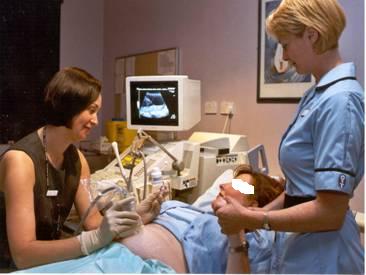New pre-natal screening rules halves the number of children born with Down syndrome
 A recent study showed that new national screening strategy in Denmark has halved the number of infants born with Down's syndrome and increased the number of infants diagnosed before birth by 30%.
A recent study showed that new national screening strategy in Denmark has halved the number of infants born with Down's syndrome and increased the number of infants diagnosed before birth by 30%.
United Kingdom, Australia and New Zealand health authorities’ attempts to instigate a similar programme have been hampered by disagreements over screening techniques.
The new guidelines introduced in 2004 by the Danish National Board of Health included the offer of a combined test for Down's syndrome (based on combination of maternal age, plus serum and nuchal screening) in the first trimester.
The test gave women a risk assessment for Down's syndrome at an early stage of the pregnancy. Women, whose risk was higher than a defined cut off, were referred for invasive diagnostic tests (chorionic villus sampling or amniocentesis).
The recent study by Professor Ann Tabor and colleagues from Denmark showed the impact of the new national screening strategy on the number of infants born with Down's syndrome and the number of referrals for invasive procedures.
Researchers analyzed data collected from the 19 Danish departments of gynaecology and obstetrics and the national cytogenetic registry, for an average of 65,000 births each year, between 2000 and 2007.
By June 2006 all 15 Danish counties followed the guidelines from 2004 and offered the new screening strategy. Data analysis showed that approximately 84% of pregnant women had a risk assessment for Down's syndrome in 2006.
Findings also revealed that the new strategy led to improved earlier detection of Down's syndrome, low false positive rates, and more than a 50% decrease in the number of invasive tests carried out each year.